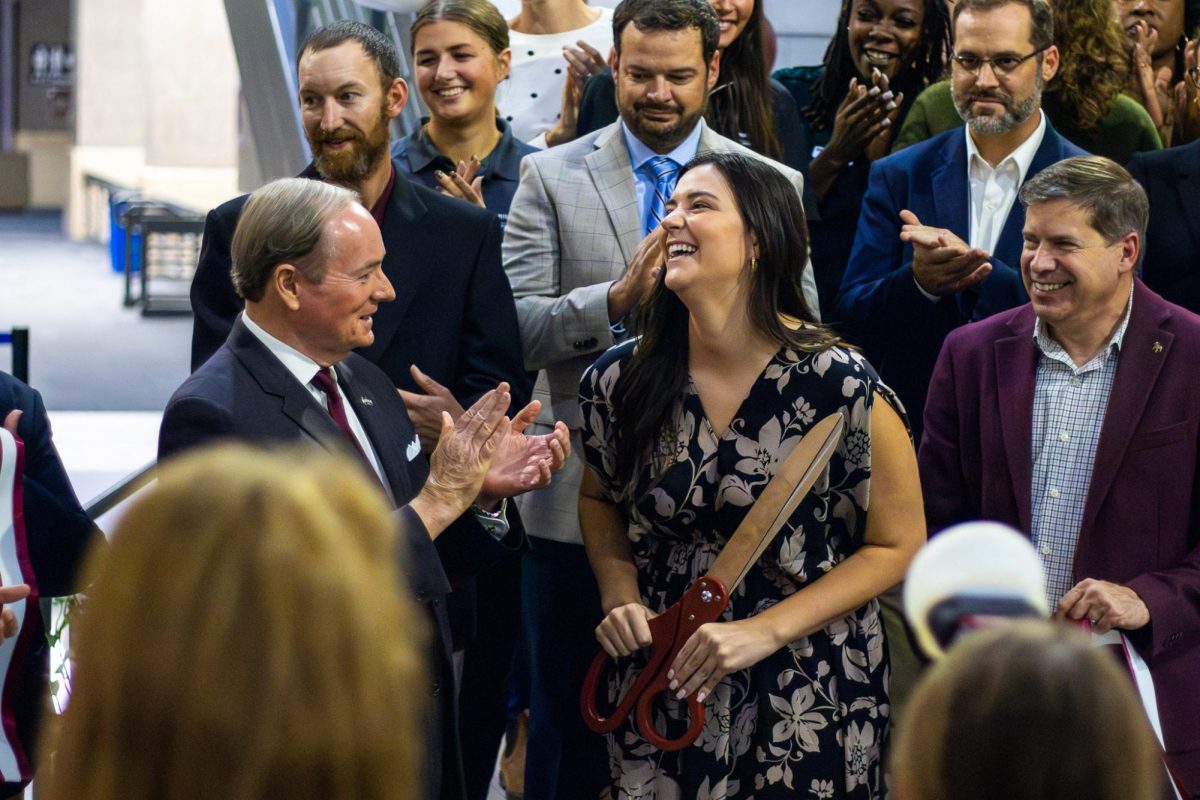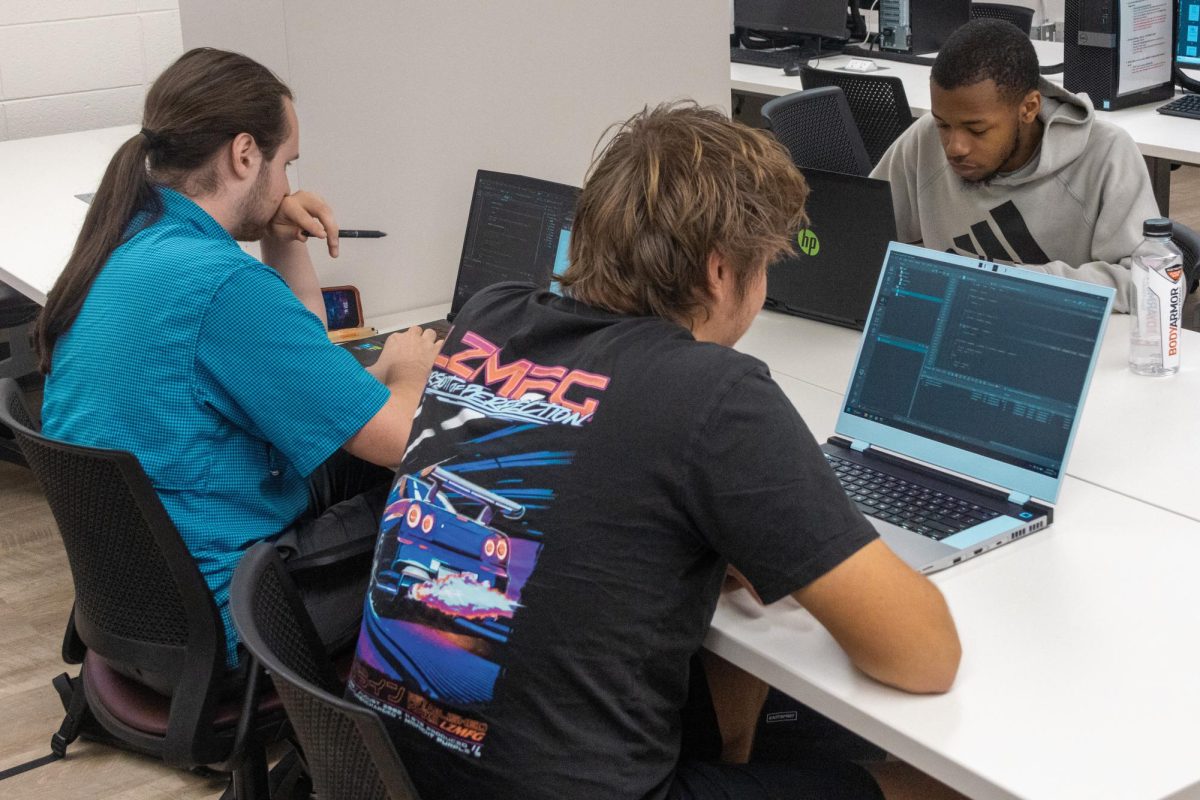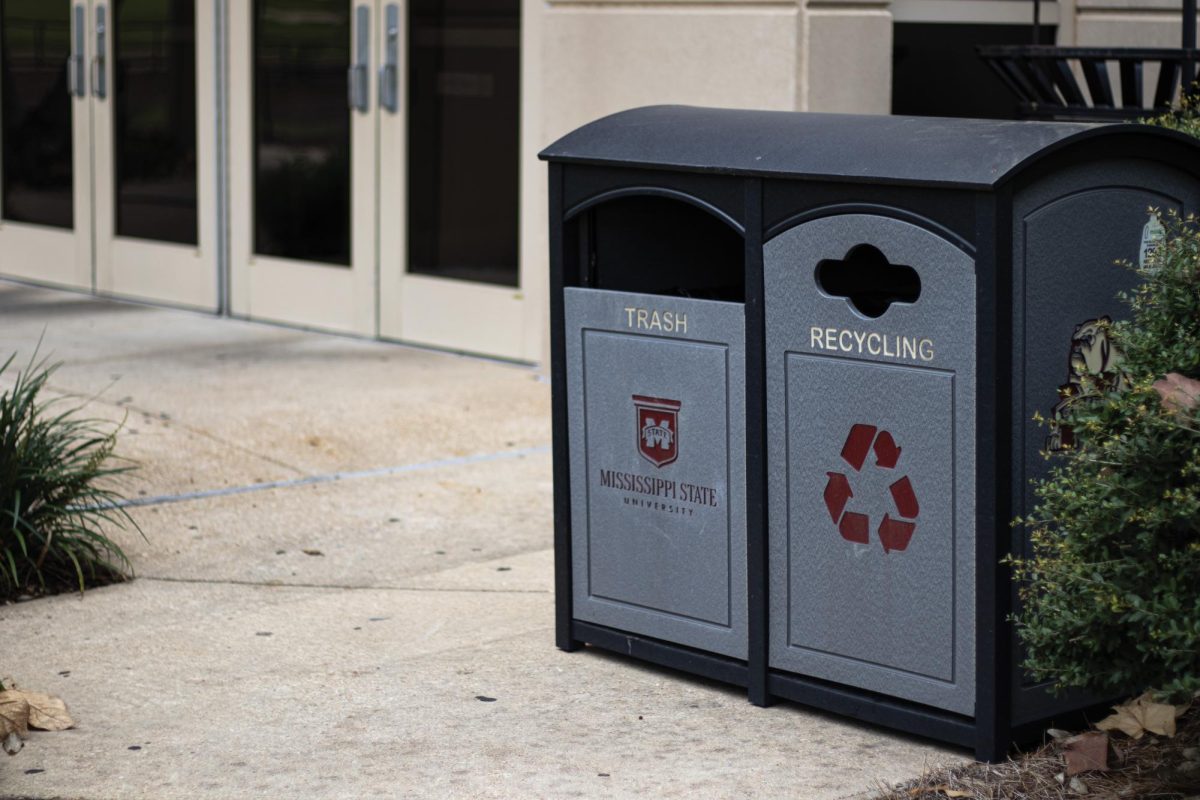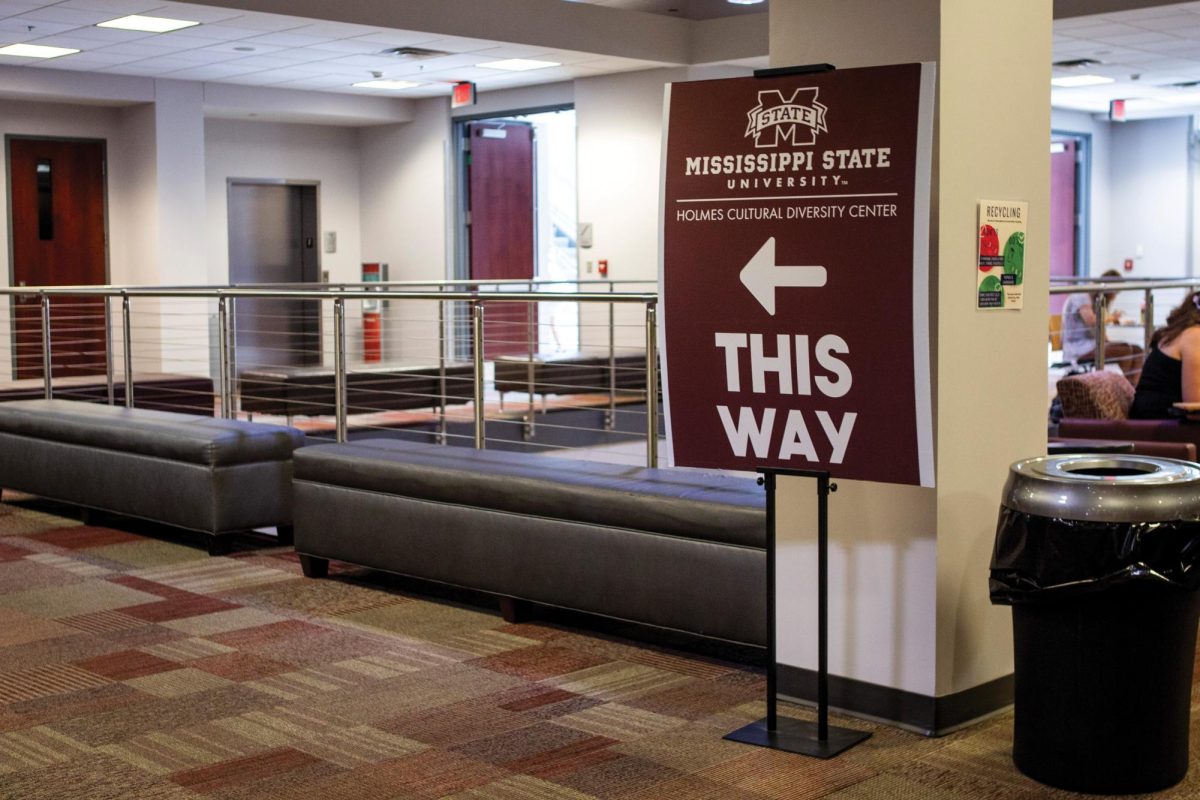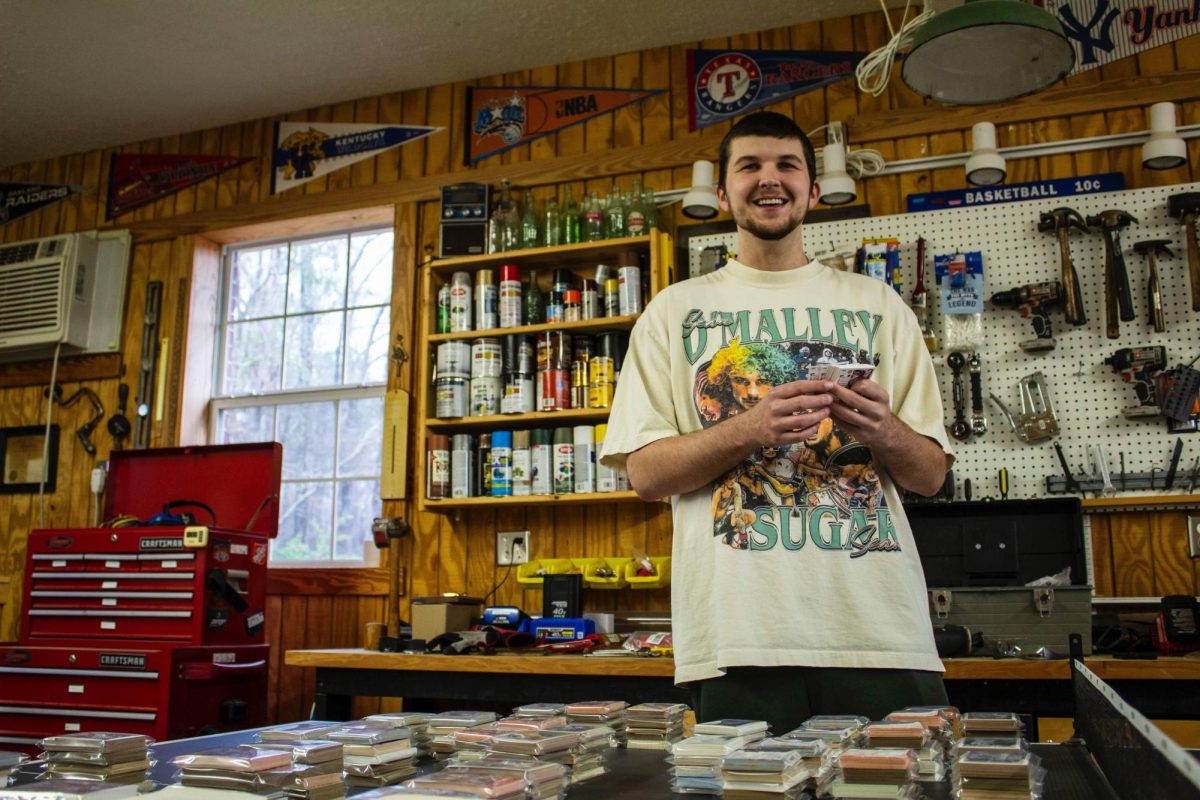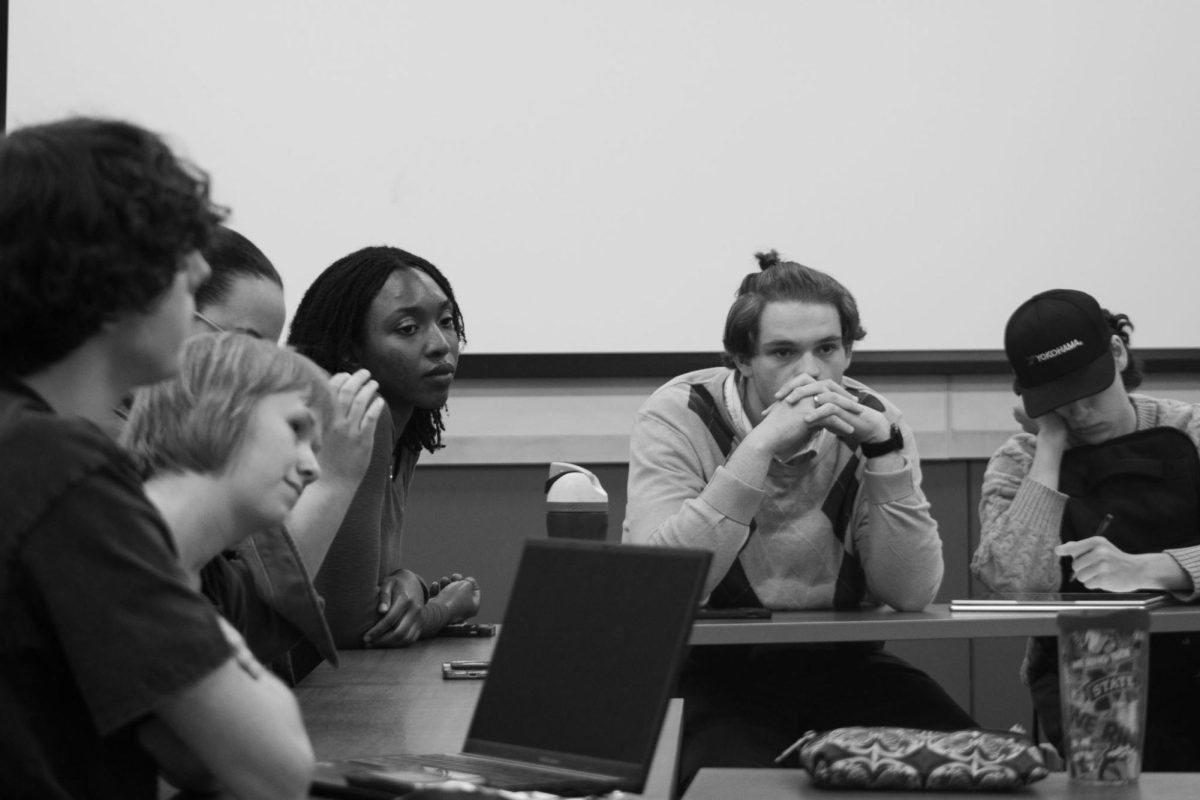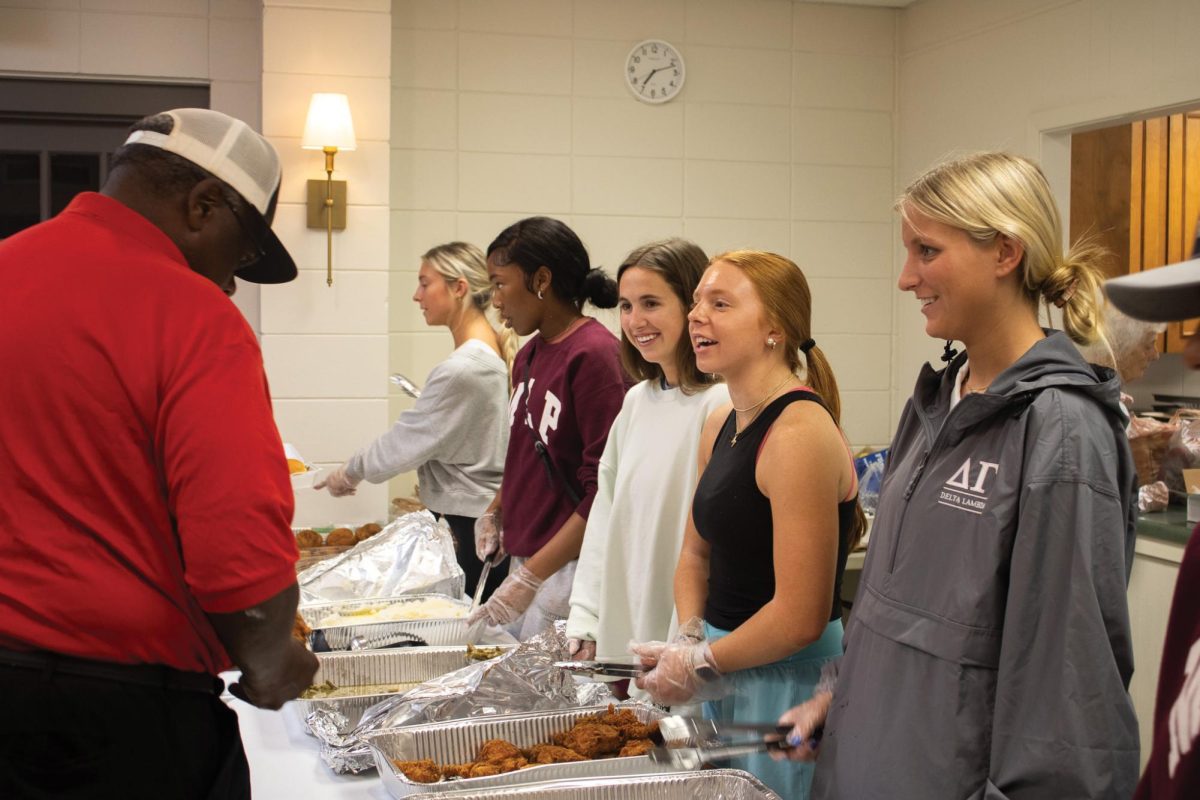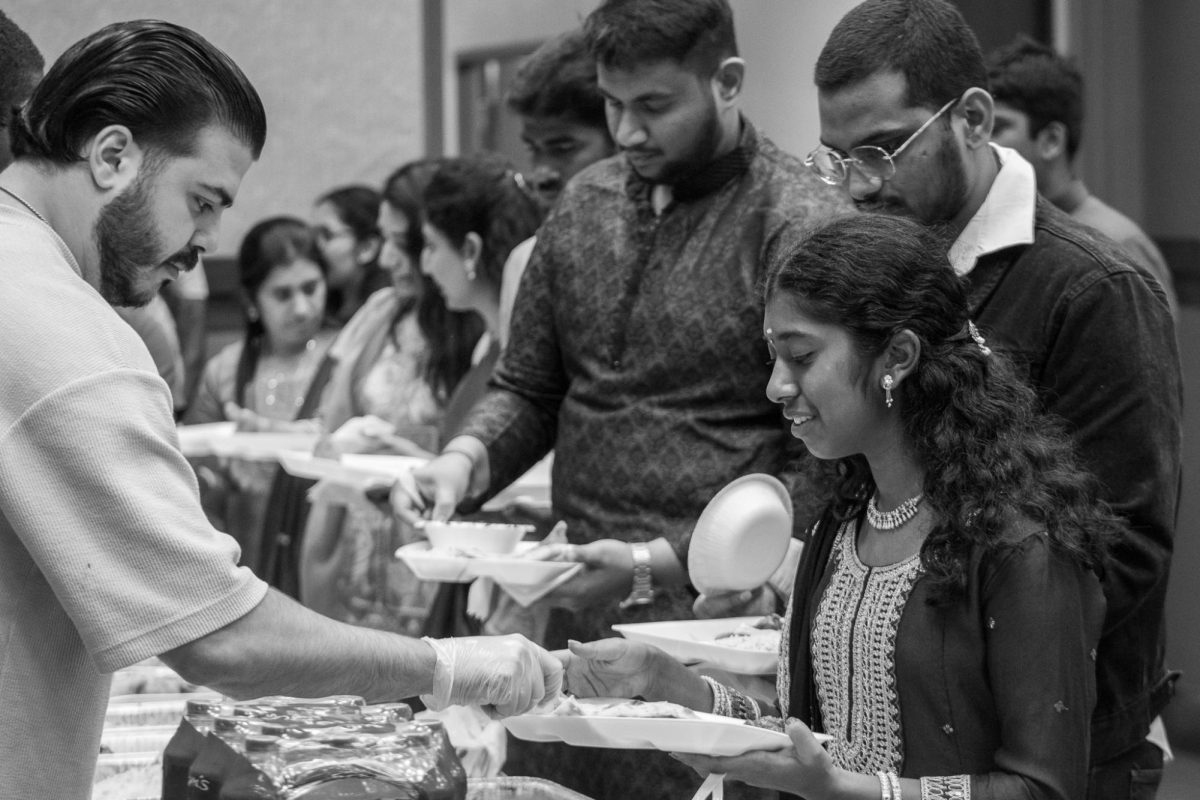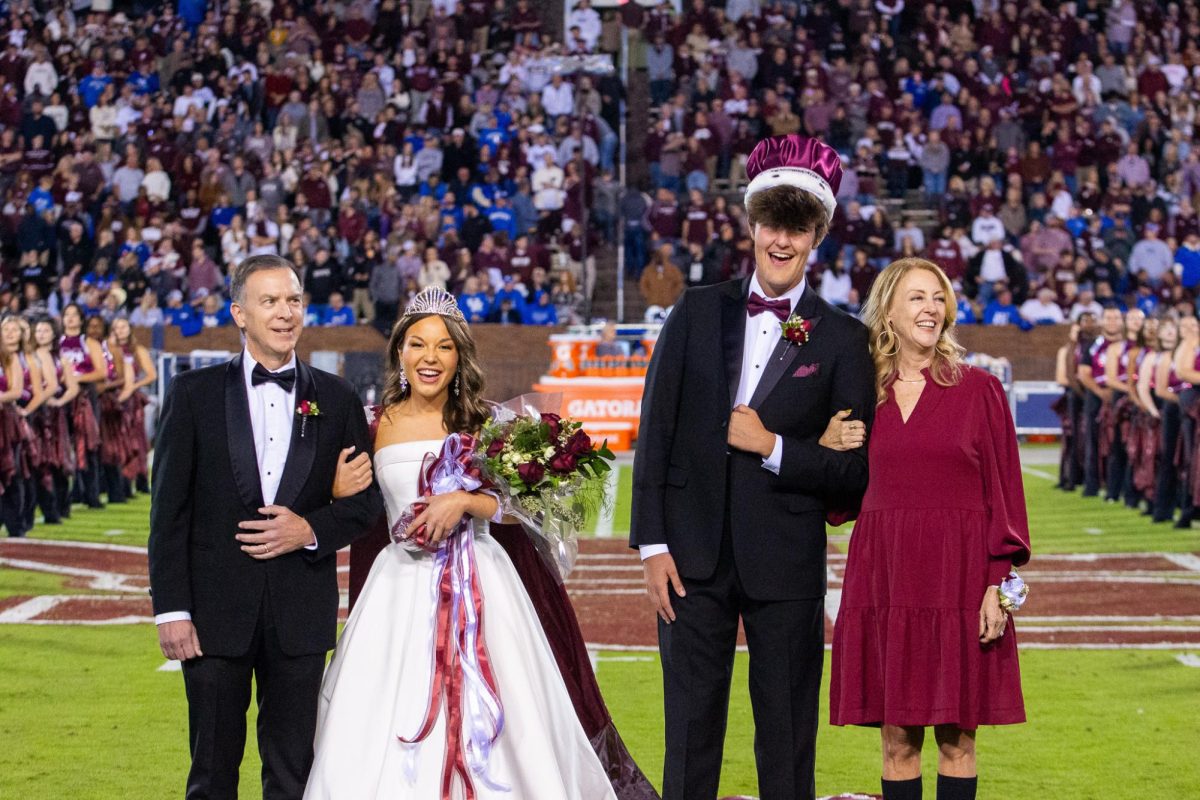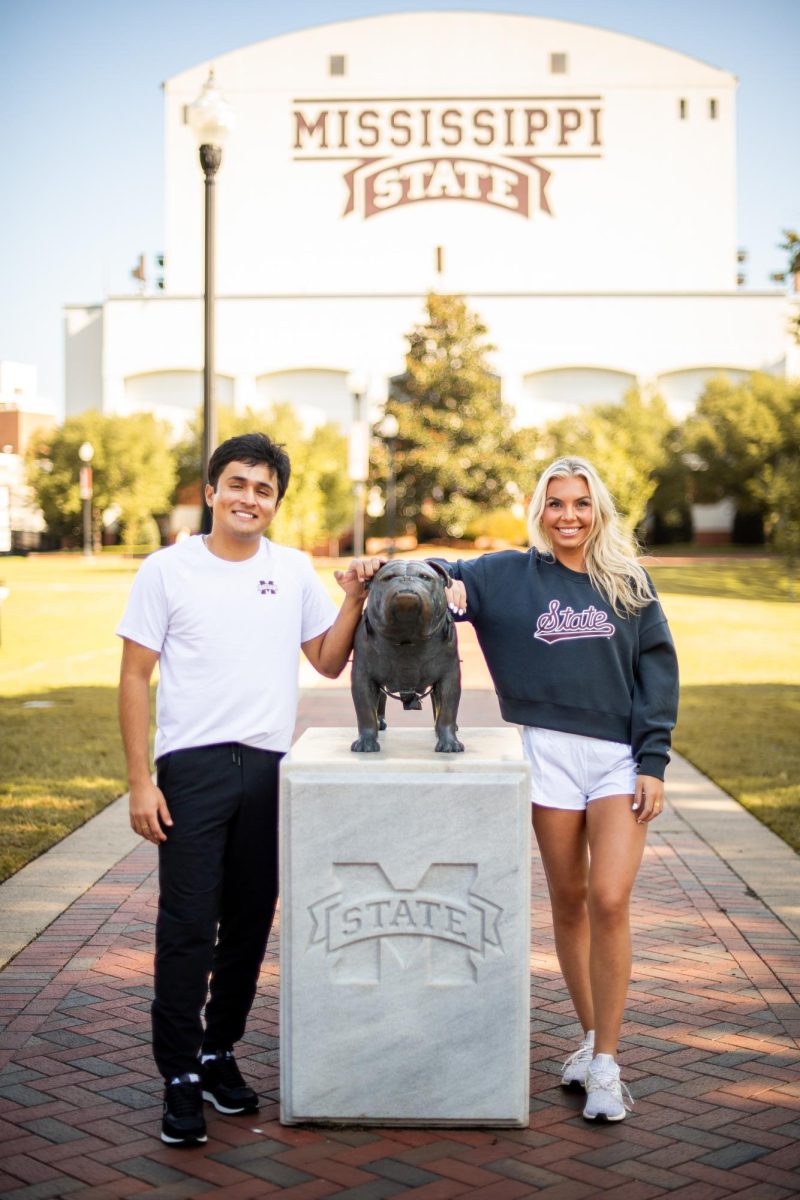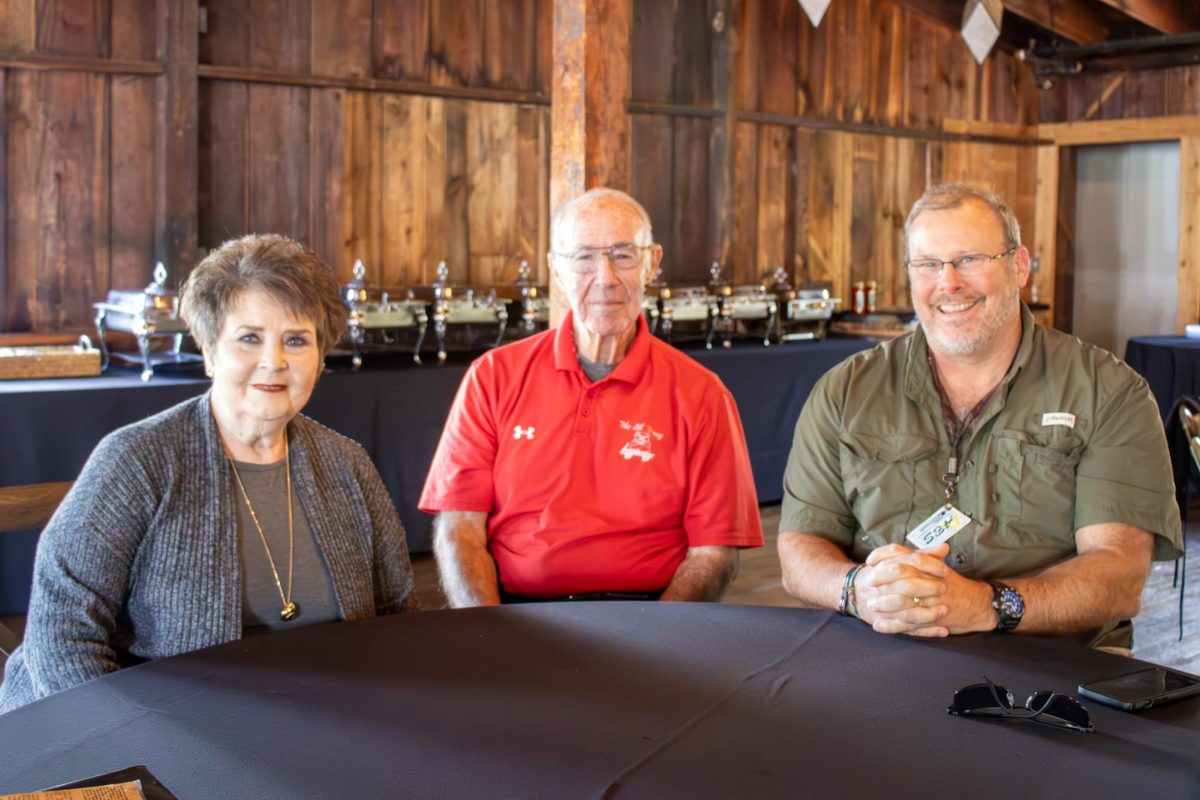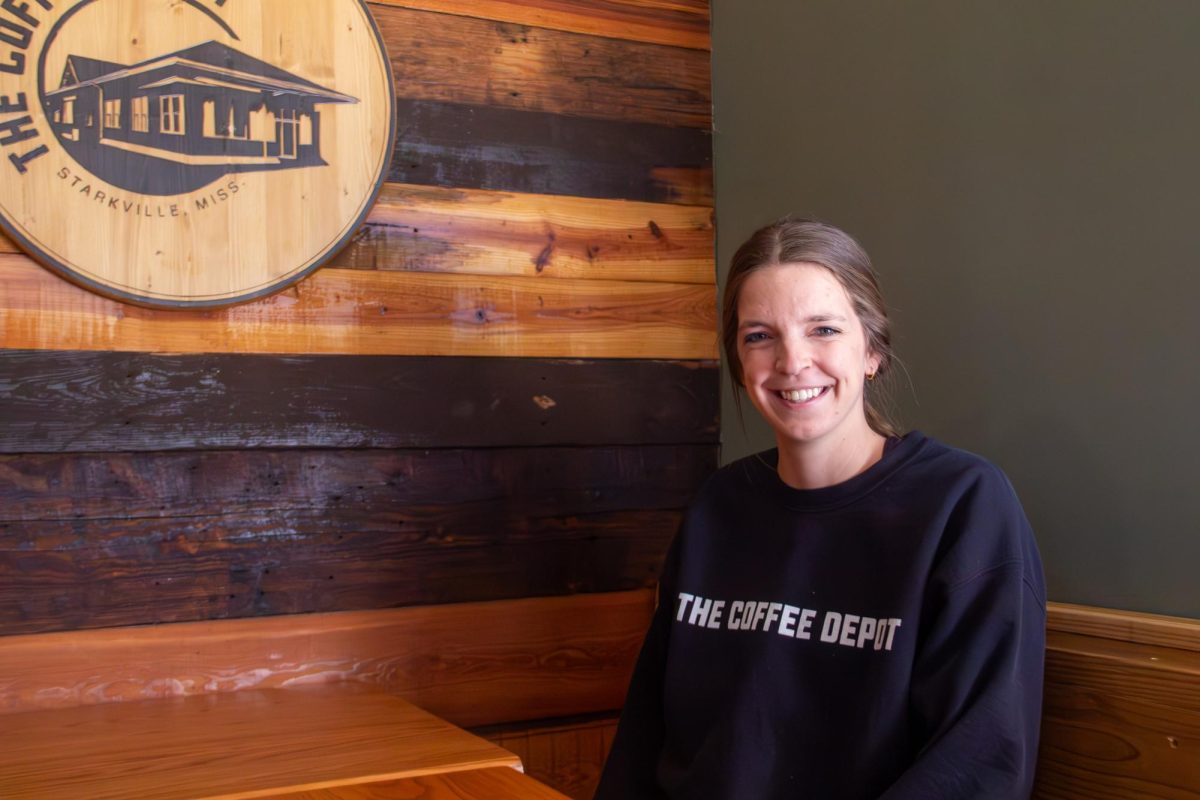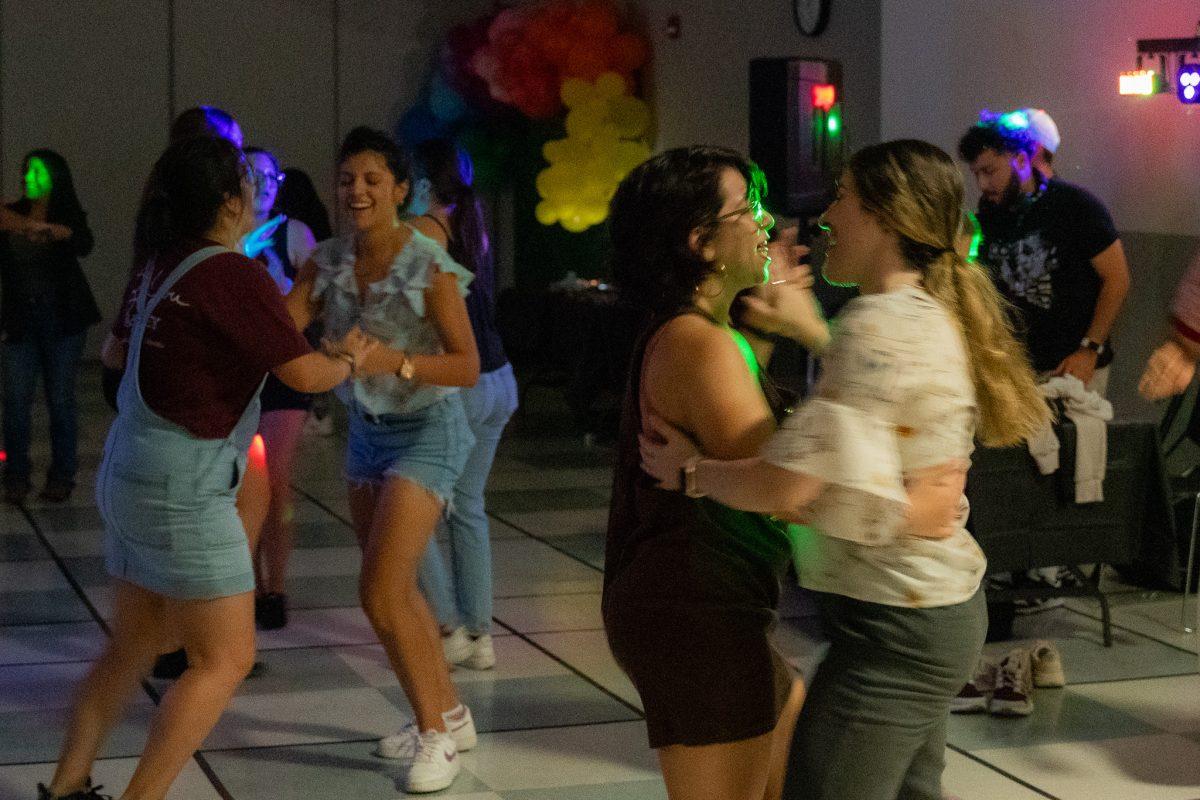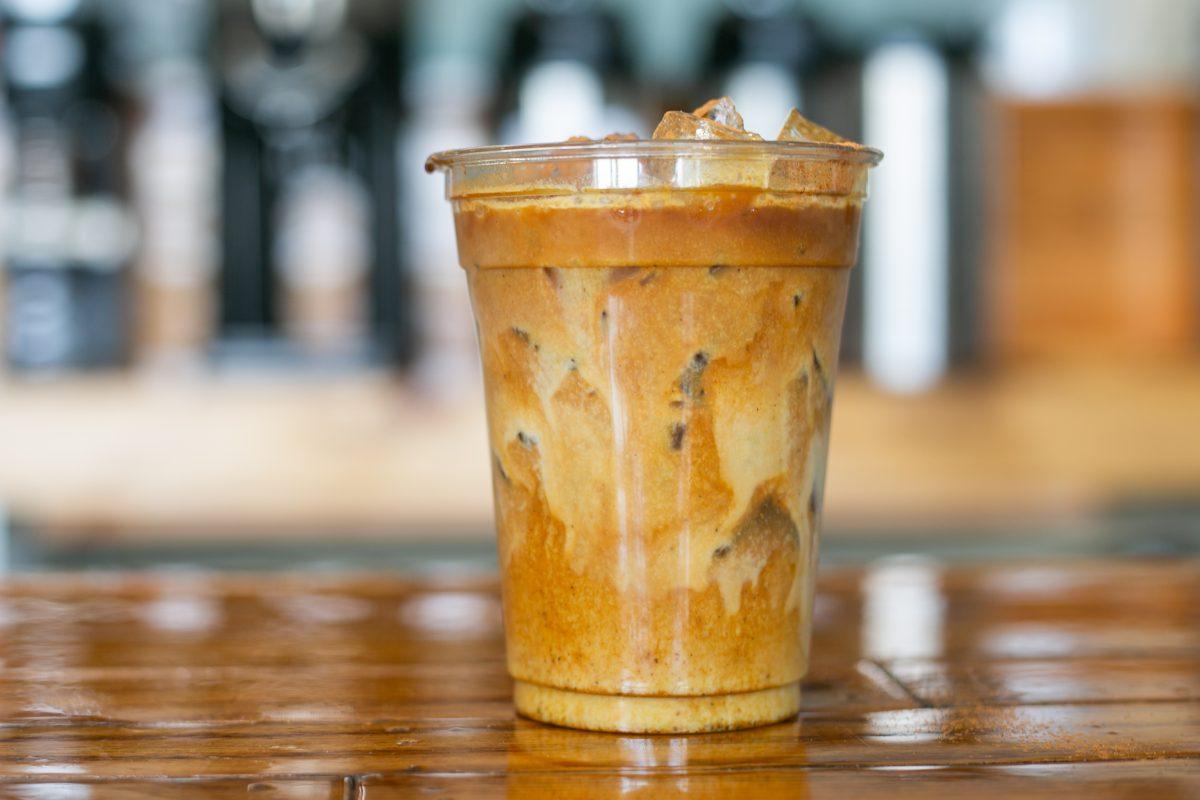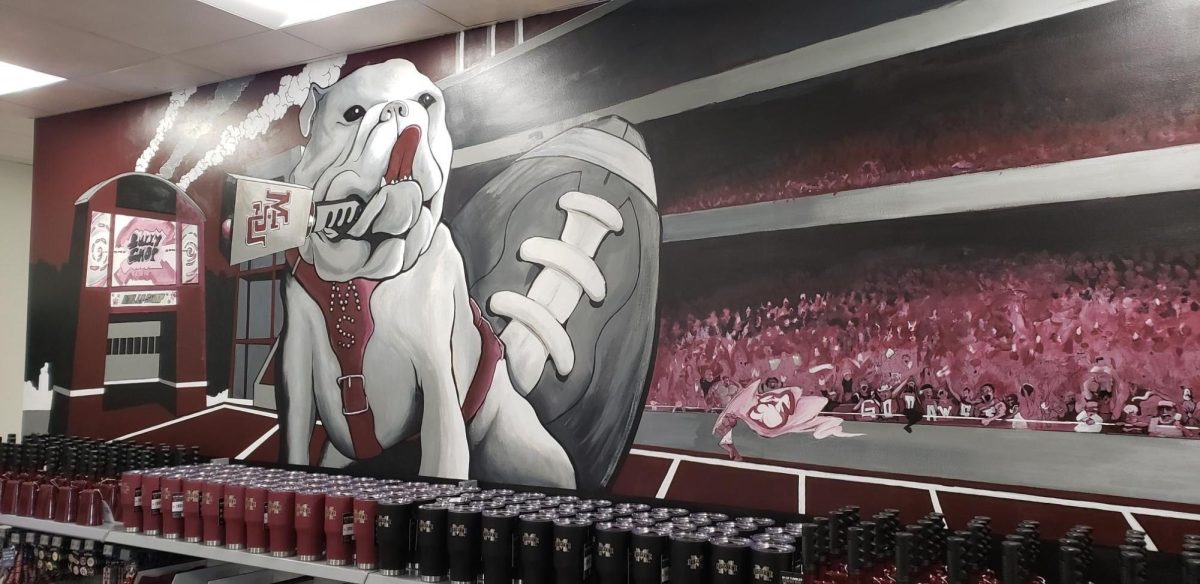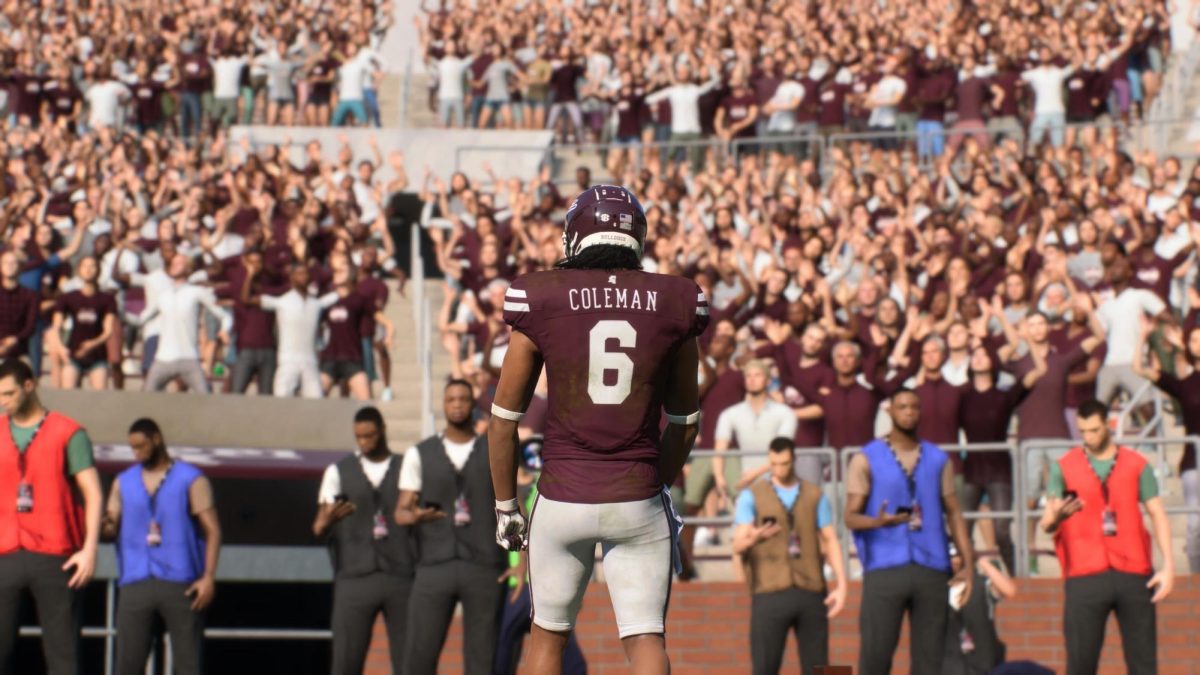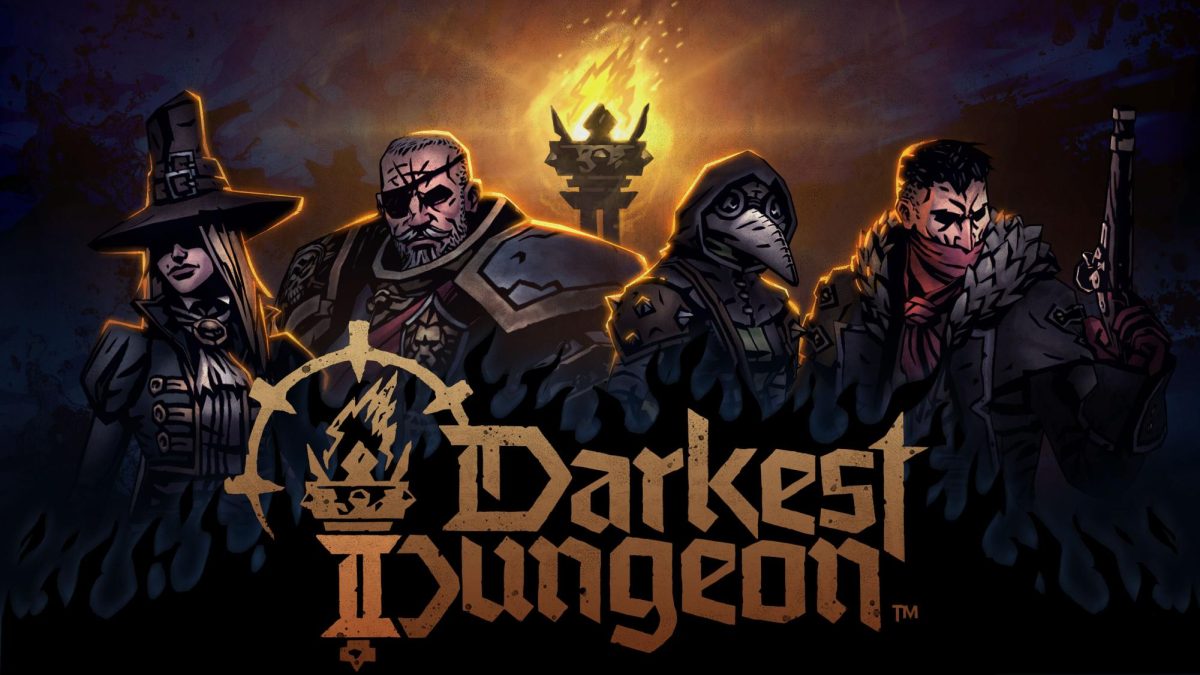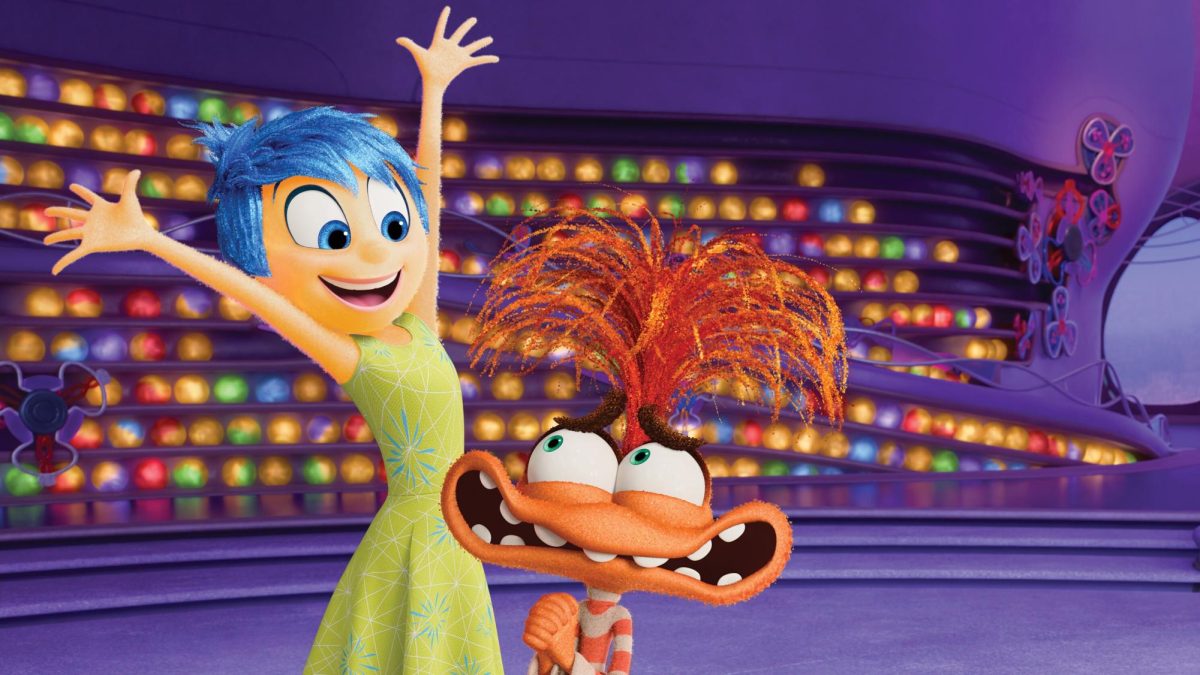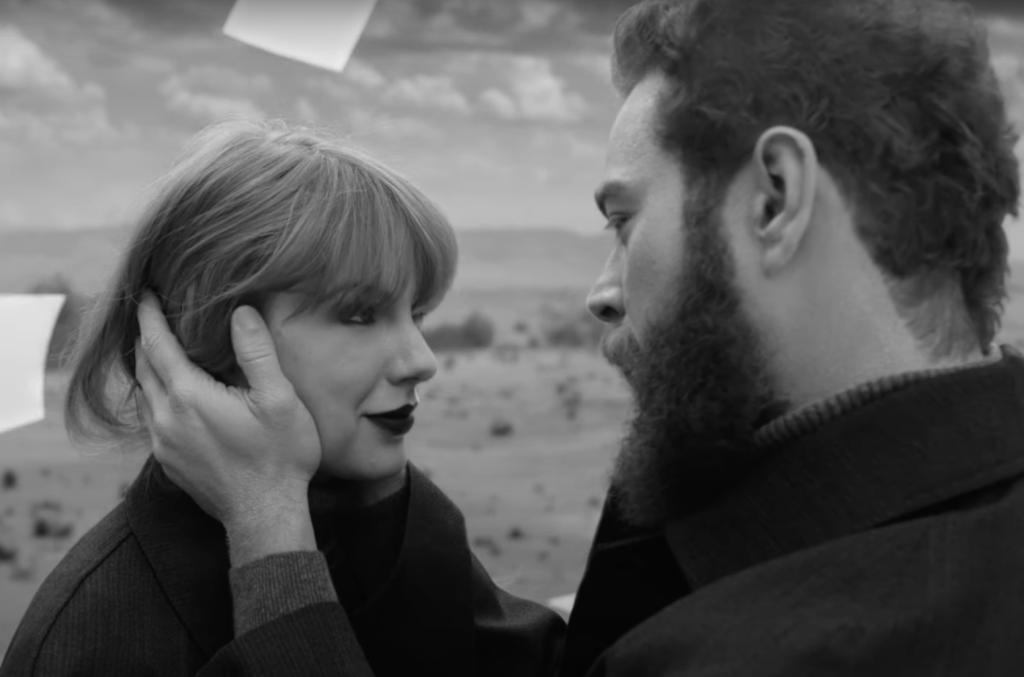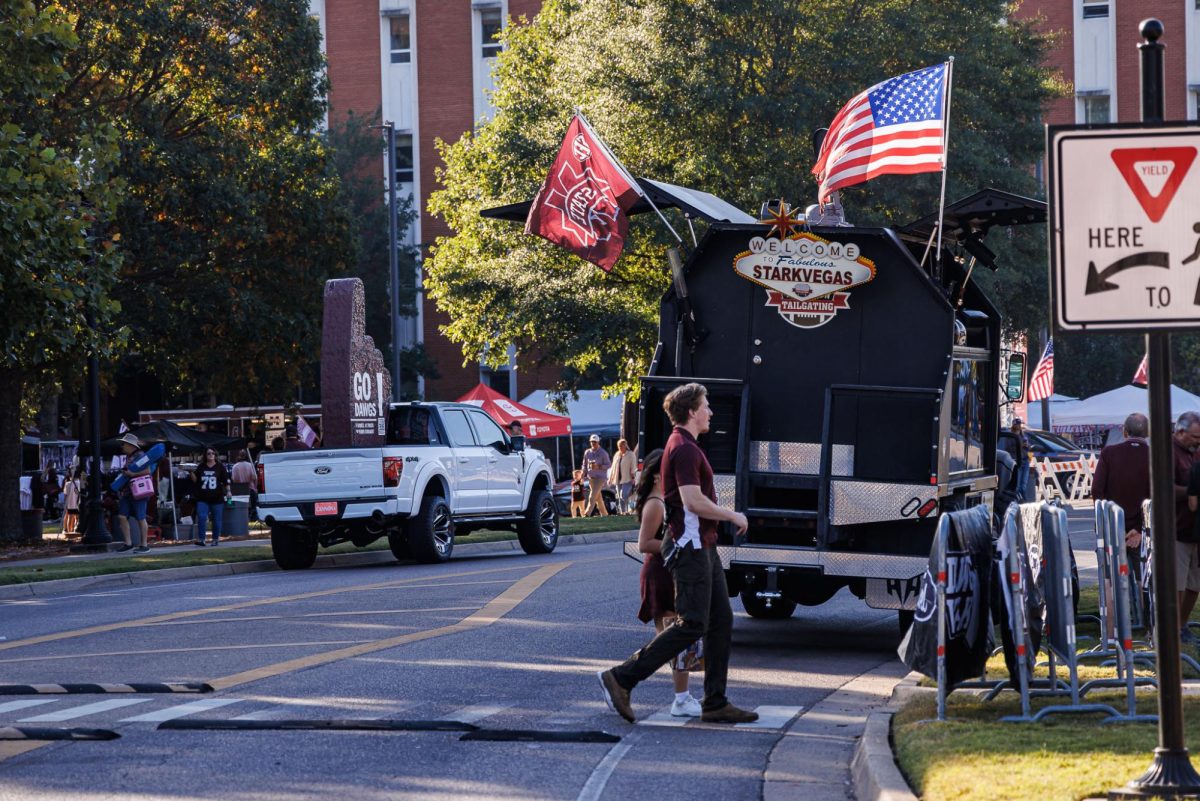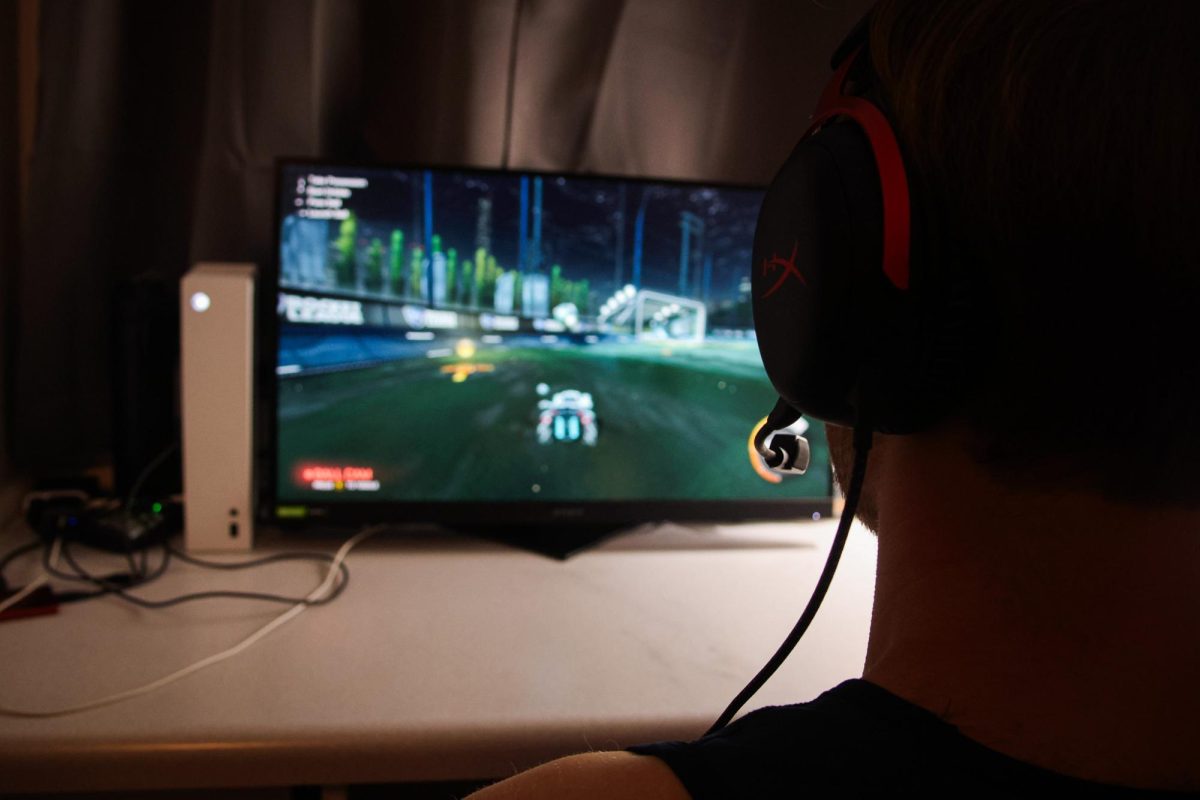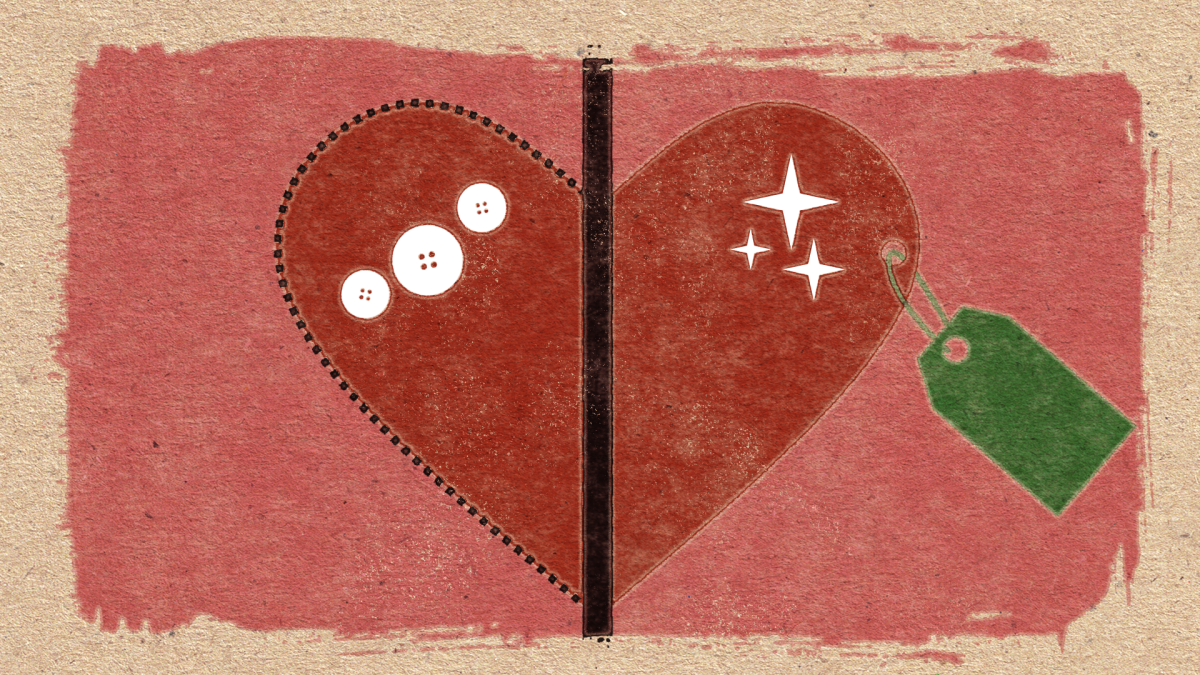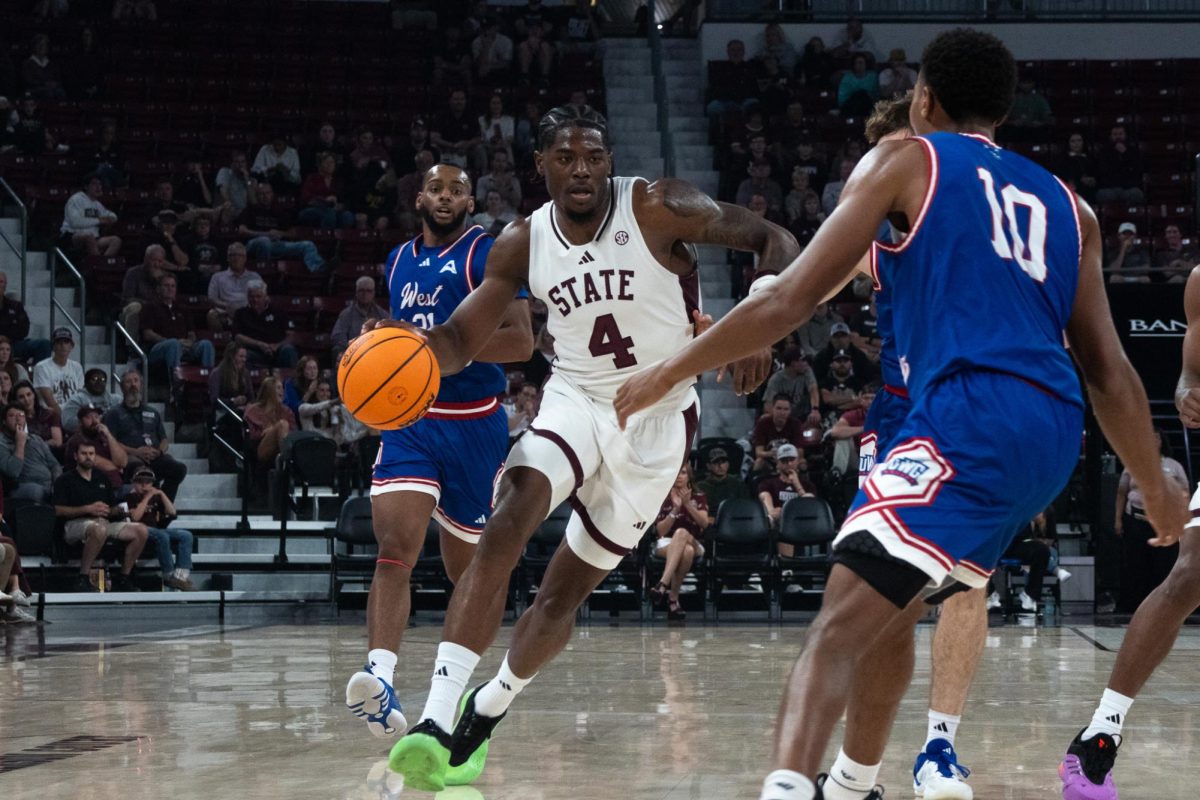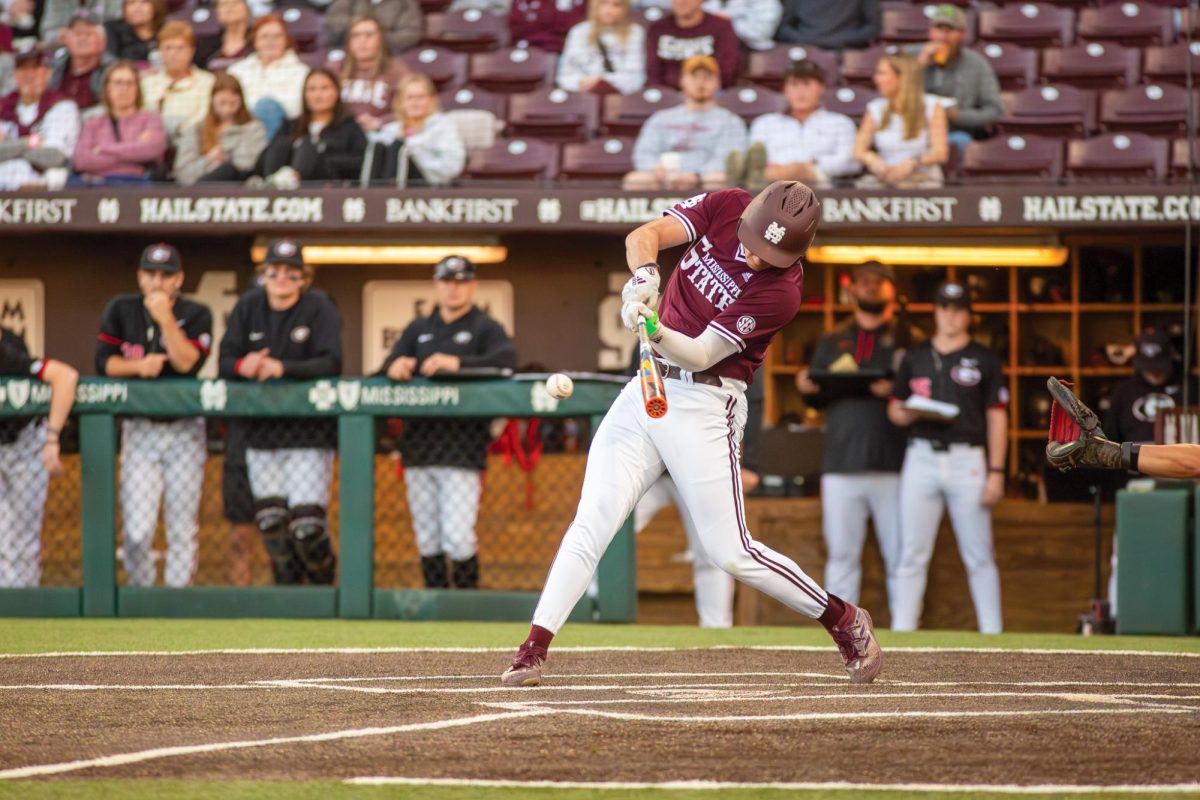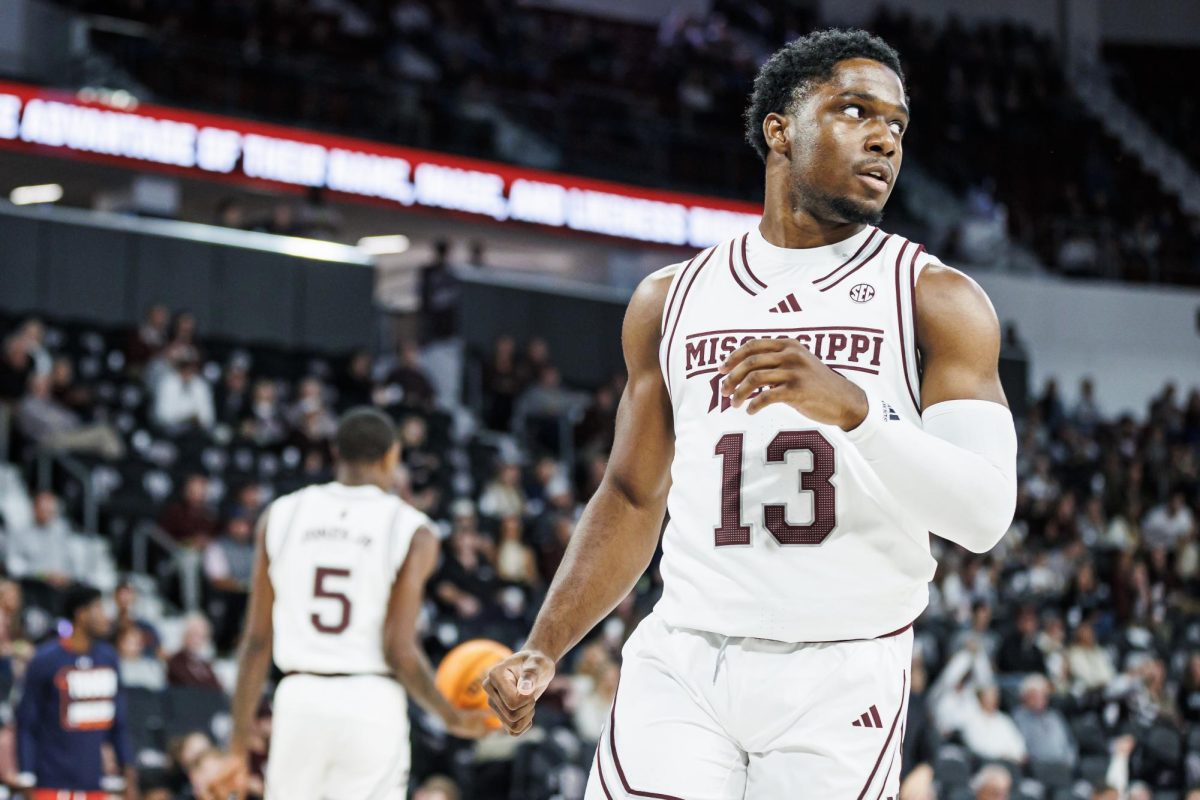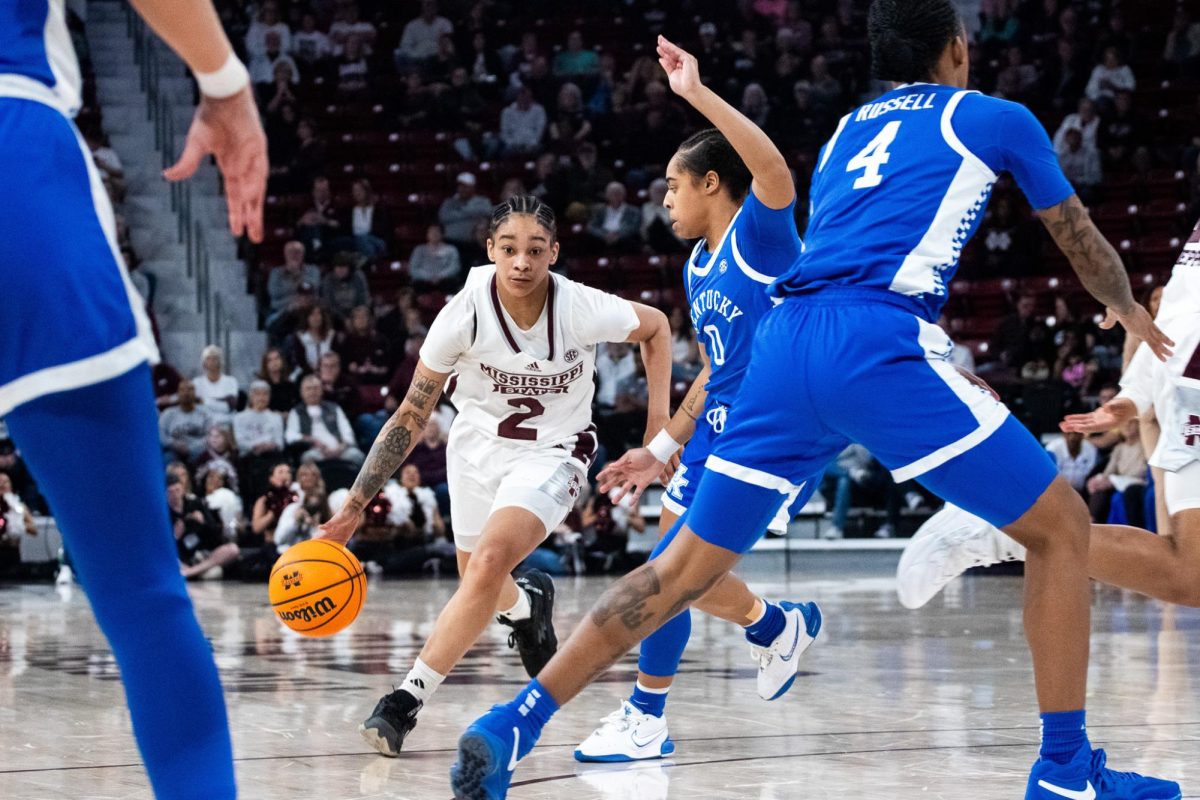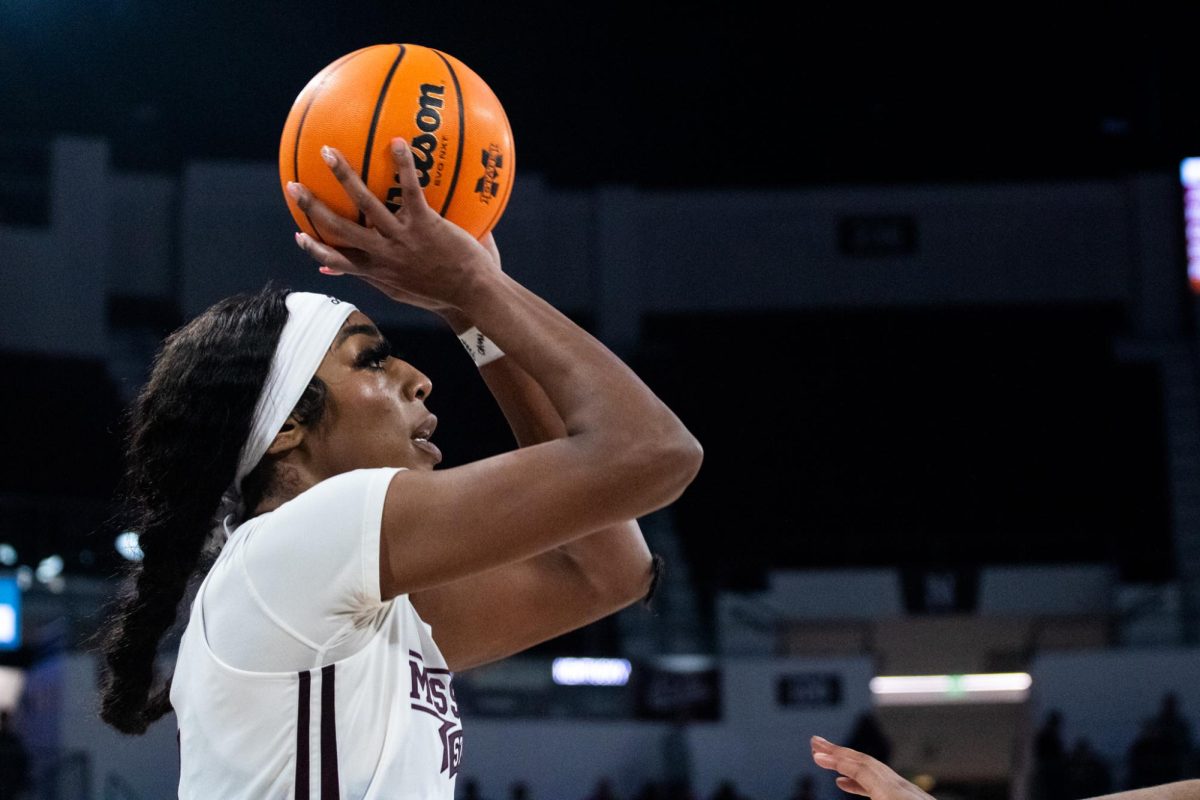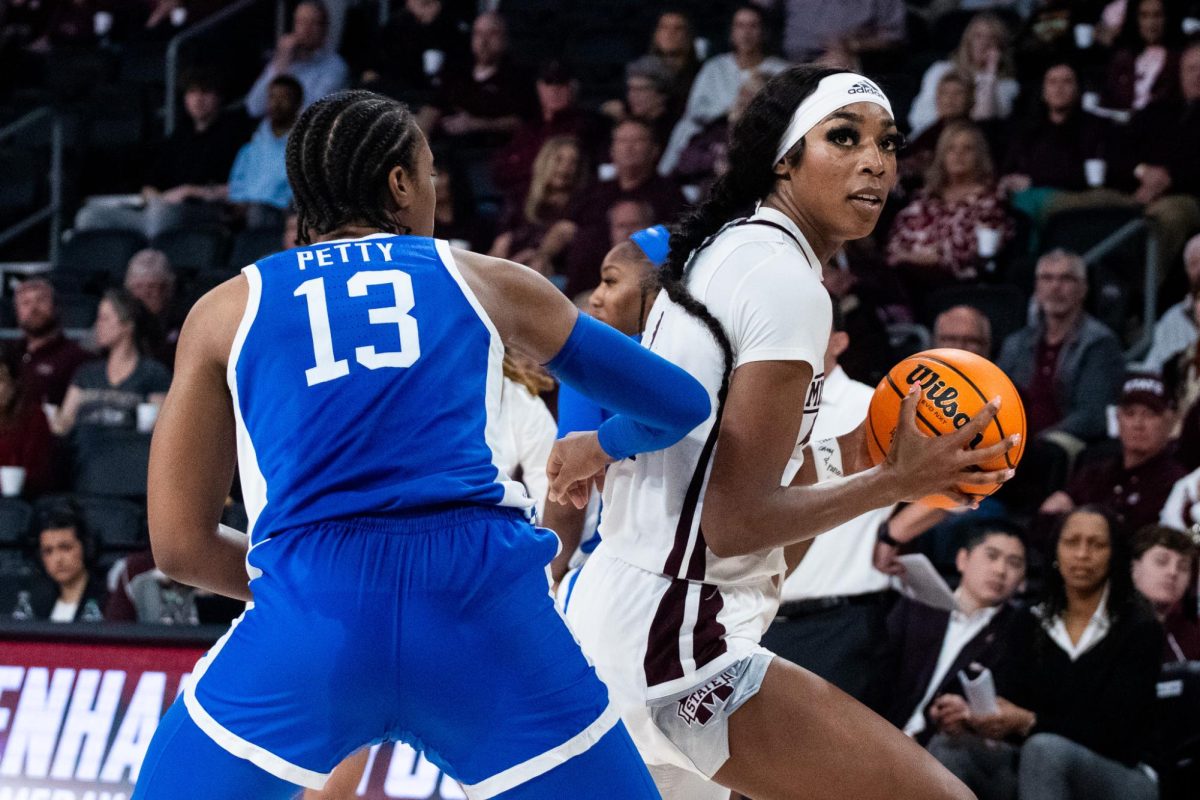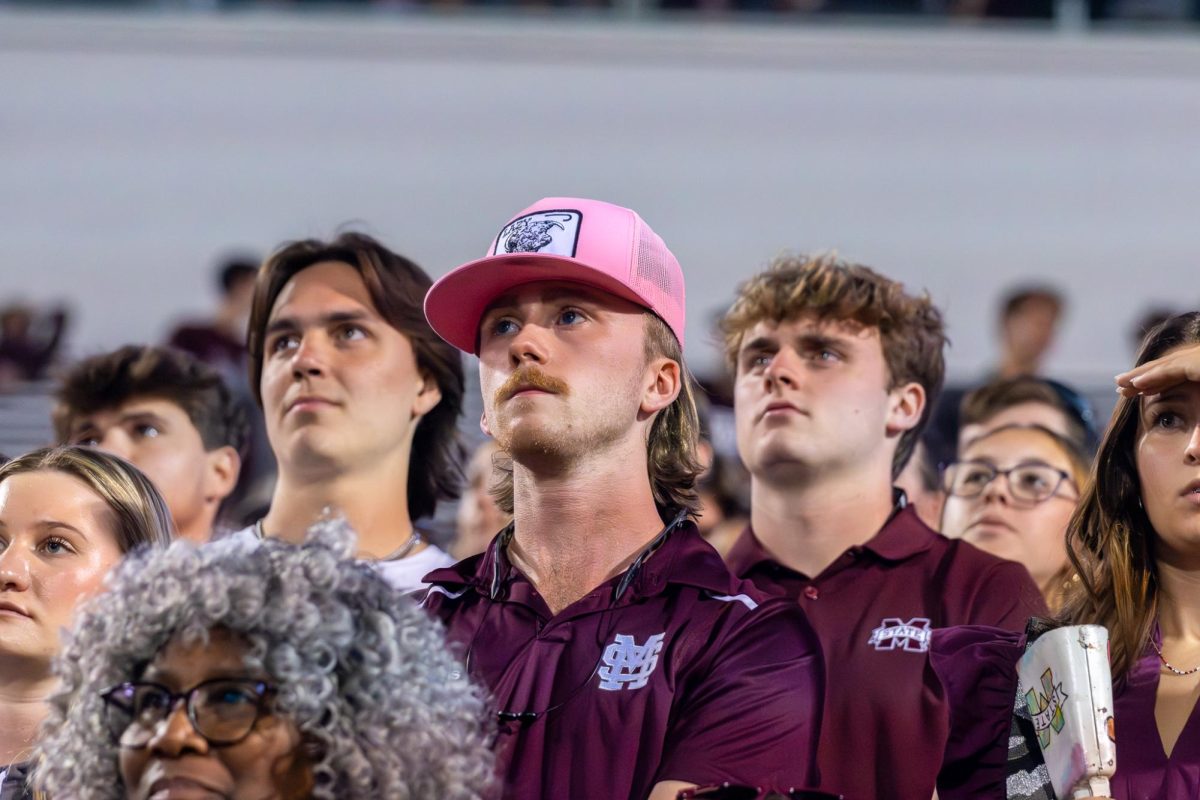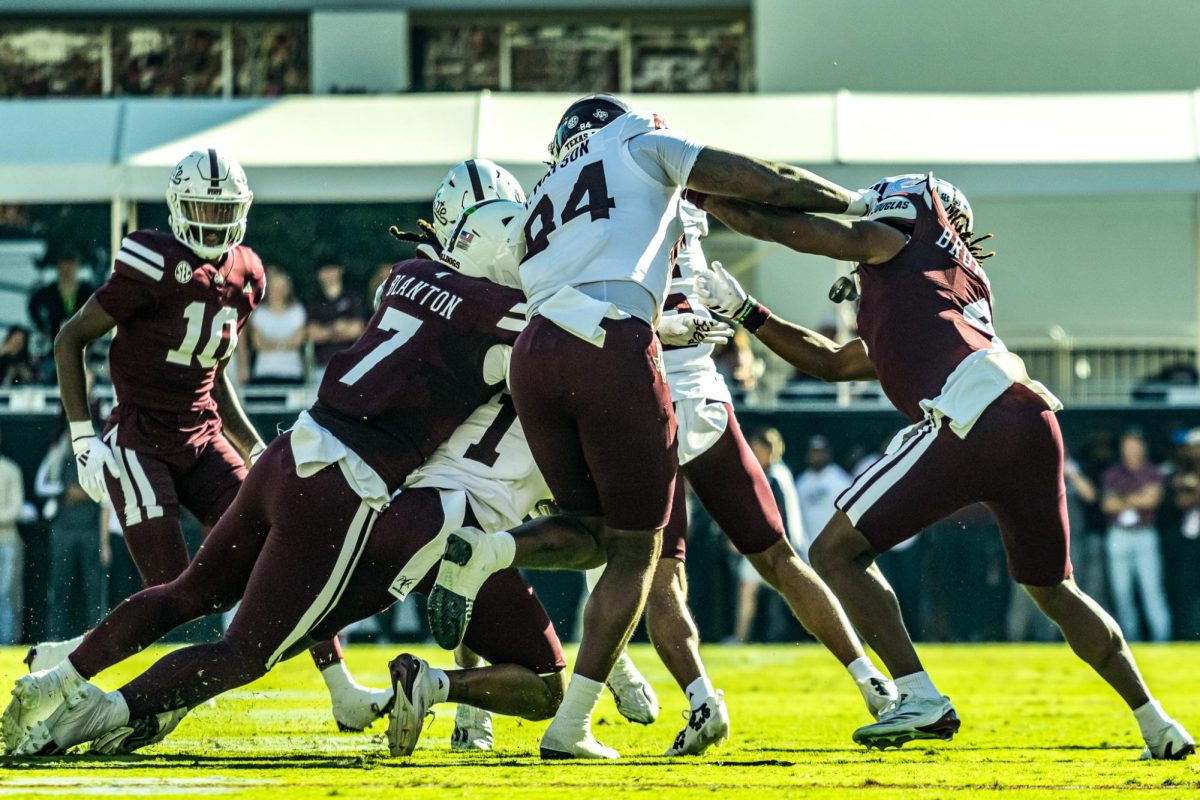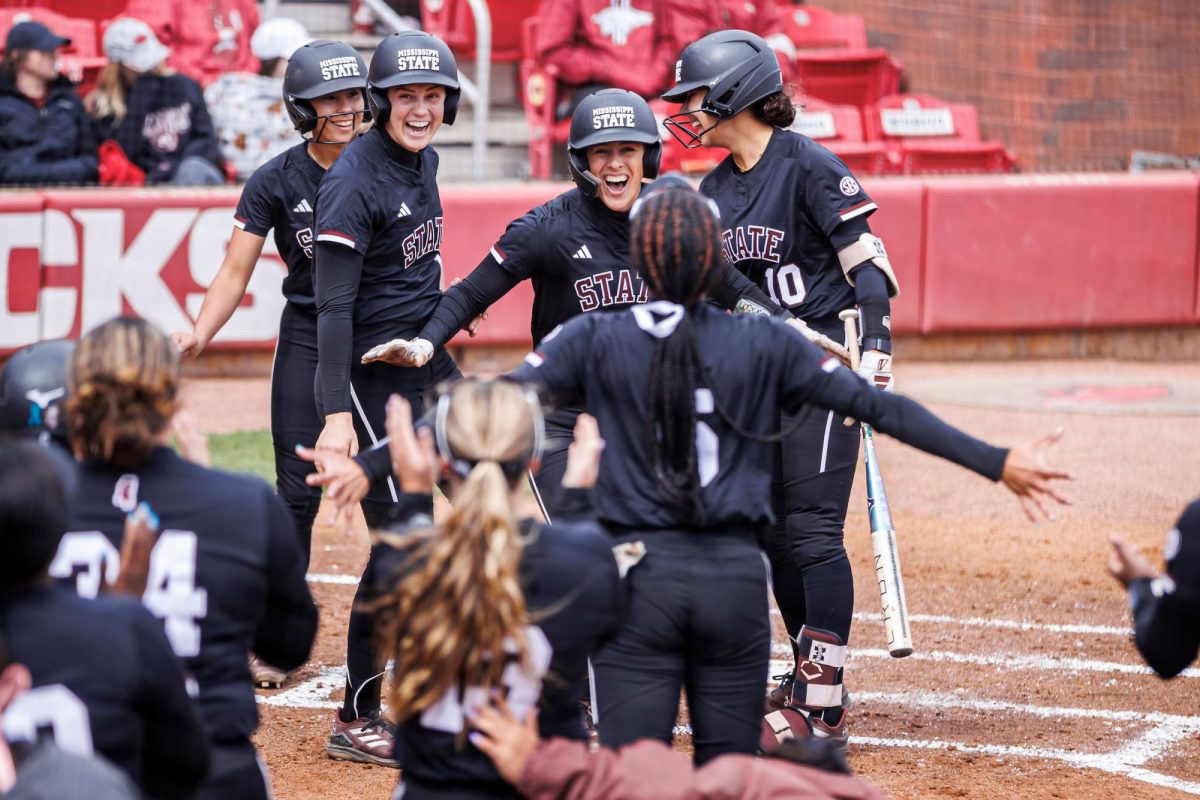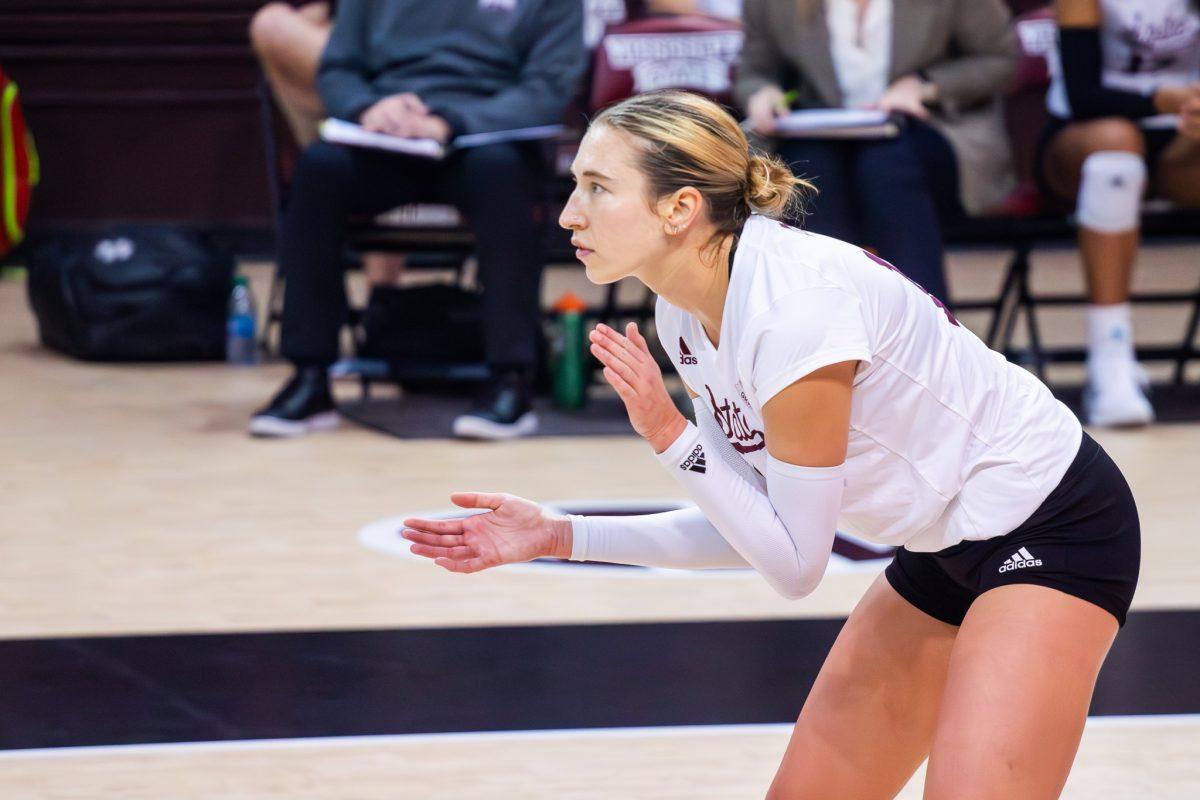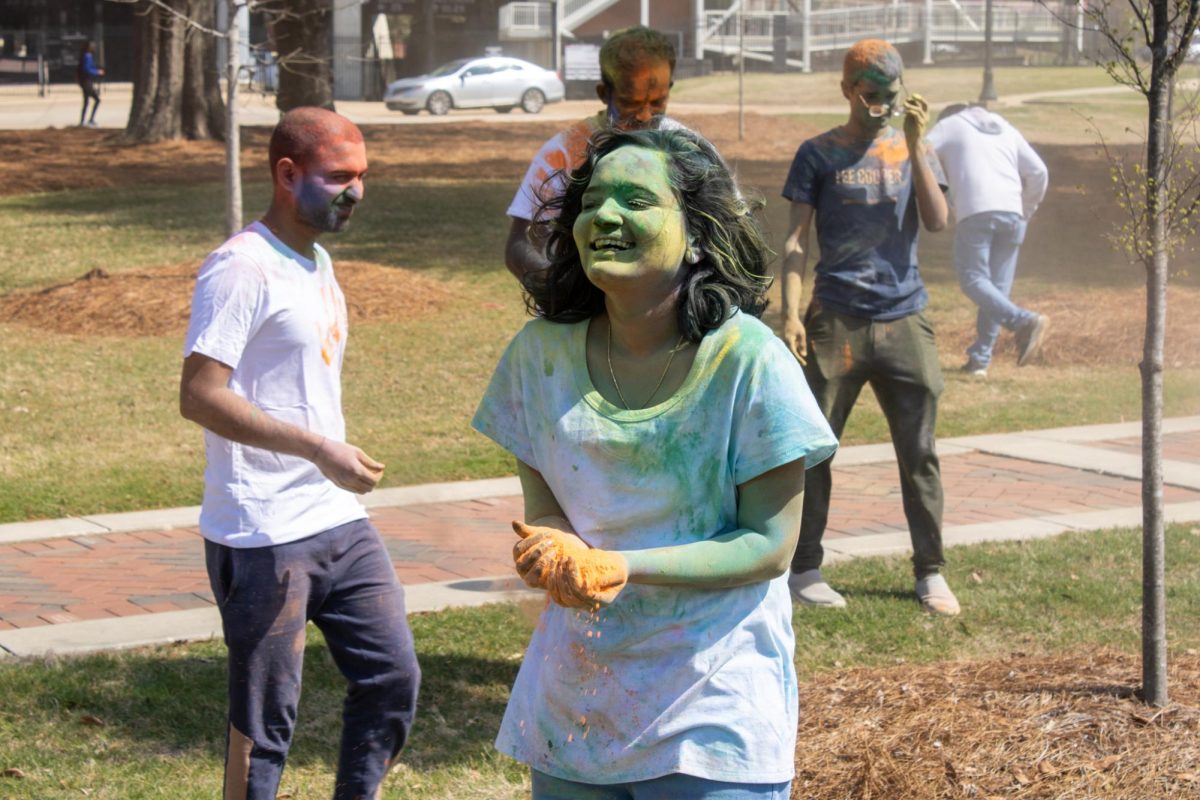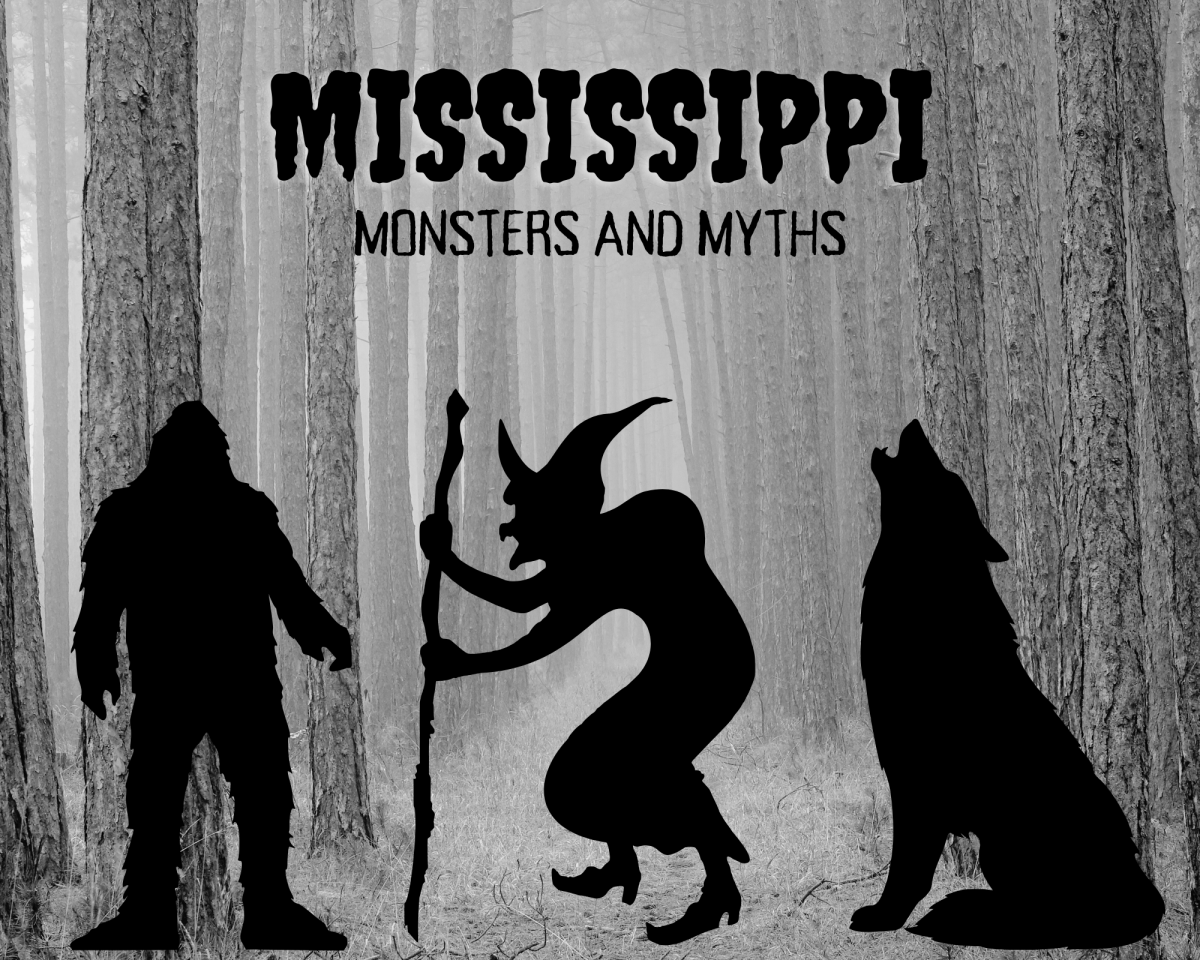March 23, the world celebrated Holi, a Hindu holiday. The celebration extended all the way from India to the Junction at Mississippi State University as the Indian Student Association brought the festival to life with music, colors and festivities. Open to all members of the public, the group battled 13 mph winds while dancing and “coloring” one another.
Holi originates in India and is celebrated by Hindu people all across the world. Known as the Festival of Colors, Love and Spring, the festival’s purpose is threefold: to celebrate the love of the deities Radha and Krishna, to celebrate the victory of Vishnu over Hiranyakashipu and therefore, good over evil and to celebrate the beginning of spring.
Sipping on canned soda and abandoning a popup tent due to the wind, members of the Indian Student Association spoke about what Holi is and why they celebrate it.
Kitashu Bhagat is a senior studying physics and is a part of the Indian Student Association. Bhagat explained how her culture celebrates Holi.
“Holi is a festival where we all celebrate the win of good versus evil,” Bhagat said. “India has a very diverse culture, so every culture has its own representation of Holi. In my culture, it’s a celebration of good over evil… In other cultures, they have different traditions for it. Some people use a broad [sword] and a shield and that’s celebrating another part of India, so it’s very diverse how every culture represents it, but in its totality, you play with colors.”
Manoj Reddy Allam is a doctoral student and is president of the Indian Student Association. Allam further explained the history of Holi.
“Holi is the Festival of Colors where we gather people,” Allam said. “It’s a very big festival in India. There’s some ideological stuff to it. There was a war of the good versus the evil, the gods versus demons and we celebrate [the winner] by welcoming him, putting colors all over the place.”
Lahari Nekkalapudi is a graduate student studying agronomy and part of the Indian Student Association. Nekkalapudi provided another focus of the holiday.
“Every year we celebrate Holi. Just here, we see spring colors and everything,” Nekkalapudi said. “I don’t know if there is a day celebrating the onset of spring here, but we celebrate the onset of spring back in India as Holi.”
Nekkalapudi emphasized that Holi is celebrated with “friends, family, colors, enjoyment and the music,” while Bhagat and Allam spoke most highly of the coloring itself.
“Holi is the Festival of Colors. That’s the tagline. So people all around the world color each other,” Bhagat said. “You wouldn’t see people looking like this. Everybody would be colorful, we couldn’t recognize you.”
Allam echoed Bhagat’s statement.
“We are in white clothes, but after, we don’t even recognize our faces,” Allam said.
Their statements rang true, as right around that time was when the bags of color were opened and the practice began. ISA members, children, students, professors and onlookers alike were doused in colorful varieties of cornstarch with people grabbing handfuls to throw onto their unsuspecting friends. The more hesitant individuals were also welcomed with color as they had their faces gently marked in blues and purples, hearing the salutation of “Happy Holi” faintly over the pulsing music coming from the speakers.
“It’s an open practice,” Bhagat said. “Anybody who wants to join, you know, go ahead. Join us. It’s a very welcoming environment. Nobody would ask you why you’re here, they would just invite you like their own family.”
Allam, Bhagat and Nekkalapudi each mentioned ISA’s activities that they host throughout the year aside from Holi, including Diwali, the Festival of Lights. Allam stated that the group tries to host five to six events a year and the details can be found on their Cowbell Connect page.


